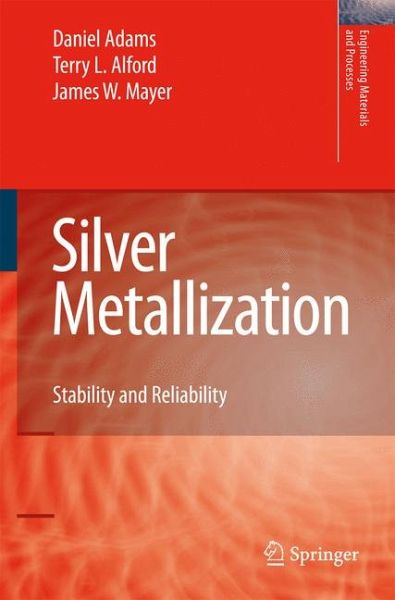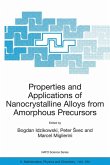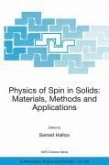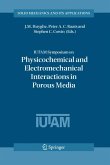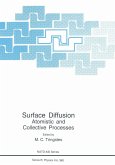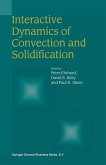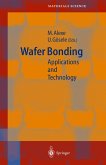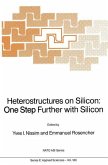Silver Metallization: Stability and Reliability provides detailed information on a wide range of experimental, characterization and analysis techniques. It also presents the novel approaches used to overcome the thermal and electrical stability issues associated with silver metallization. Readers will learn about the:
- preparation and characterization of elemental silver thin films and silver-metal alloys;
- formation of diffusion barriers and adhesion promoters;
- evaluation of the thermal stability of silver under different annealing conditions;
- evaluation of the electrical properties of silver thin films under various processing conditions;
- methods of dry etching of silver lines and the integration of silver with low-k dielectric materials.
As a valuable resource in this emerging field; Silver Metallization: Stability and Reliability will be very useful to students, scientists, engineers and technologists in the fields of integrated circuits and microelectronics research and development.
Dieser Download kann aus rechtlichen Gründen nur mit Rechnungsadresse in A, B, BG, CY, CZ, D, DK, EW, E, FIN, F, GR, HR, H, IRL, I, LT, L, LR, M, NL, PL, P, R, S, SLO, SK ausgeliefert werden.
"This book is aimed at addressing and reviewing the engineering aspects of improving the thermal and electrical stability of silver with a view to use as an interconnect material in integrated circuits. ... this book can provide a quick overview of the state of the art, current trends and hurdles yet to be overcome." (Contemporary Physics, Vol. 51 (6), 2010)

